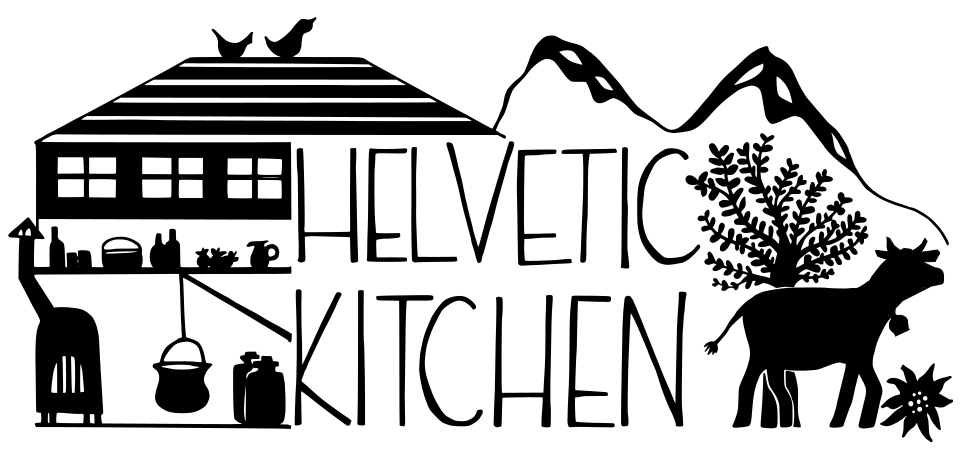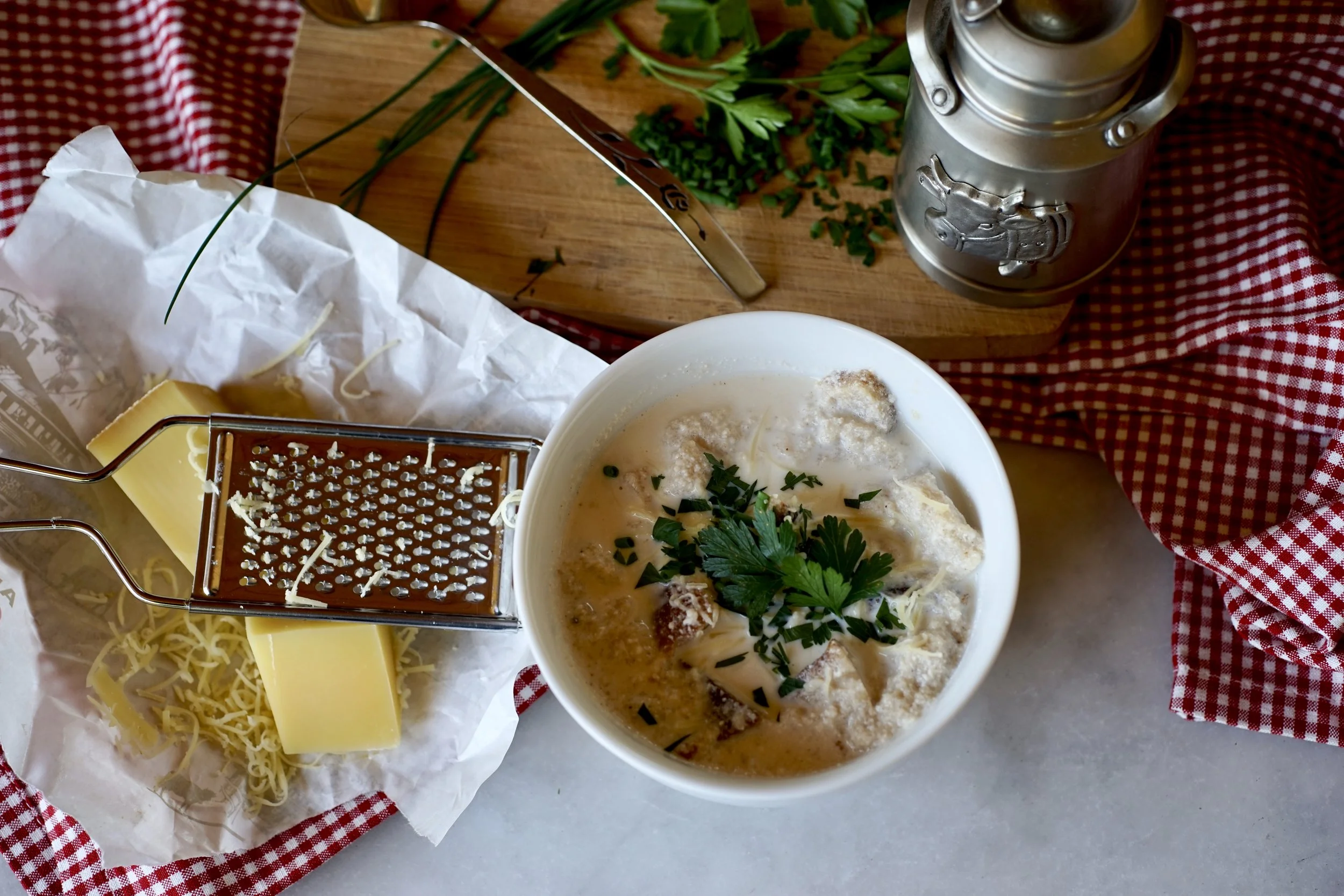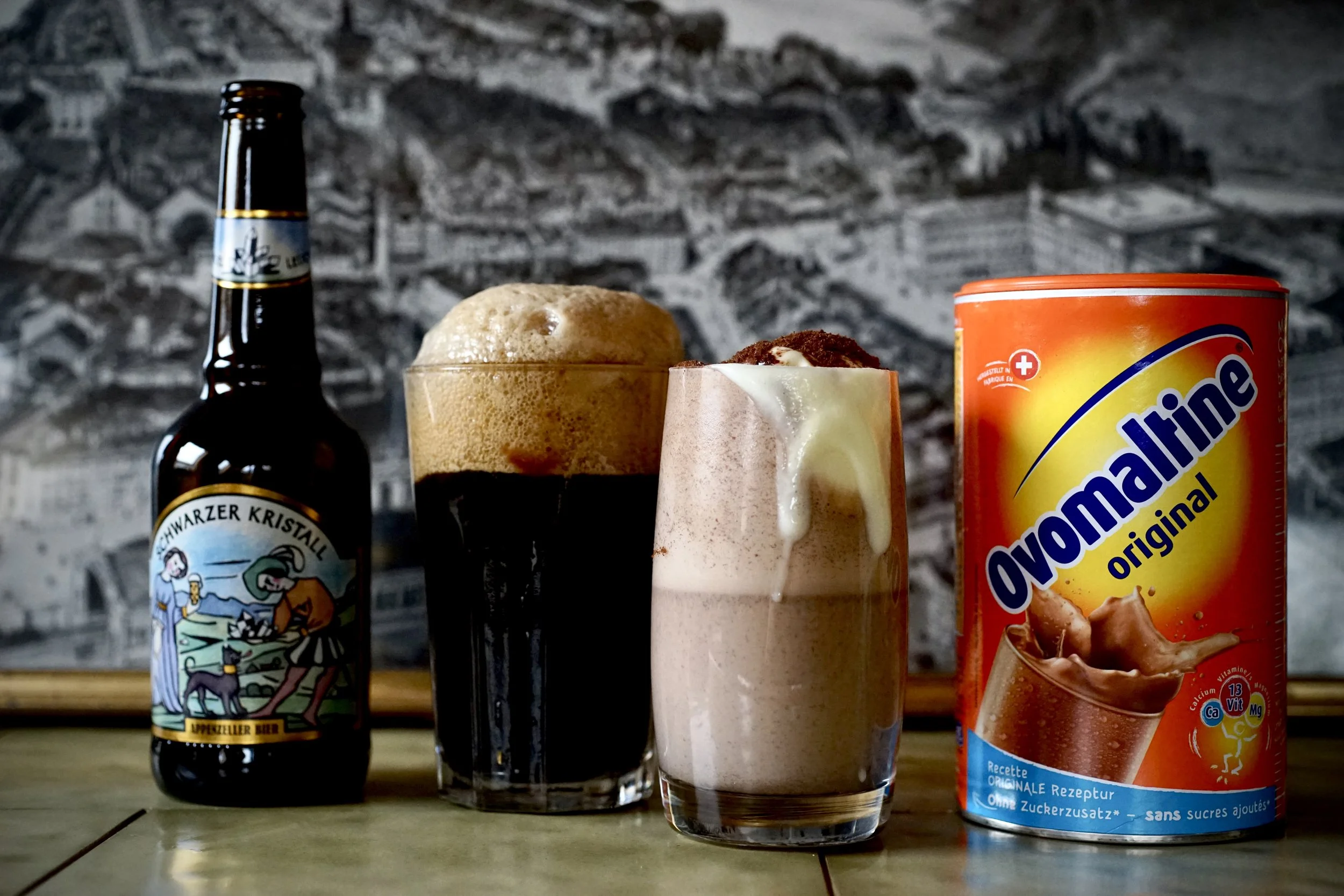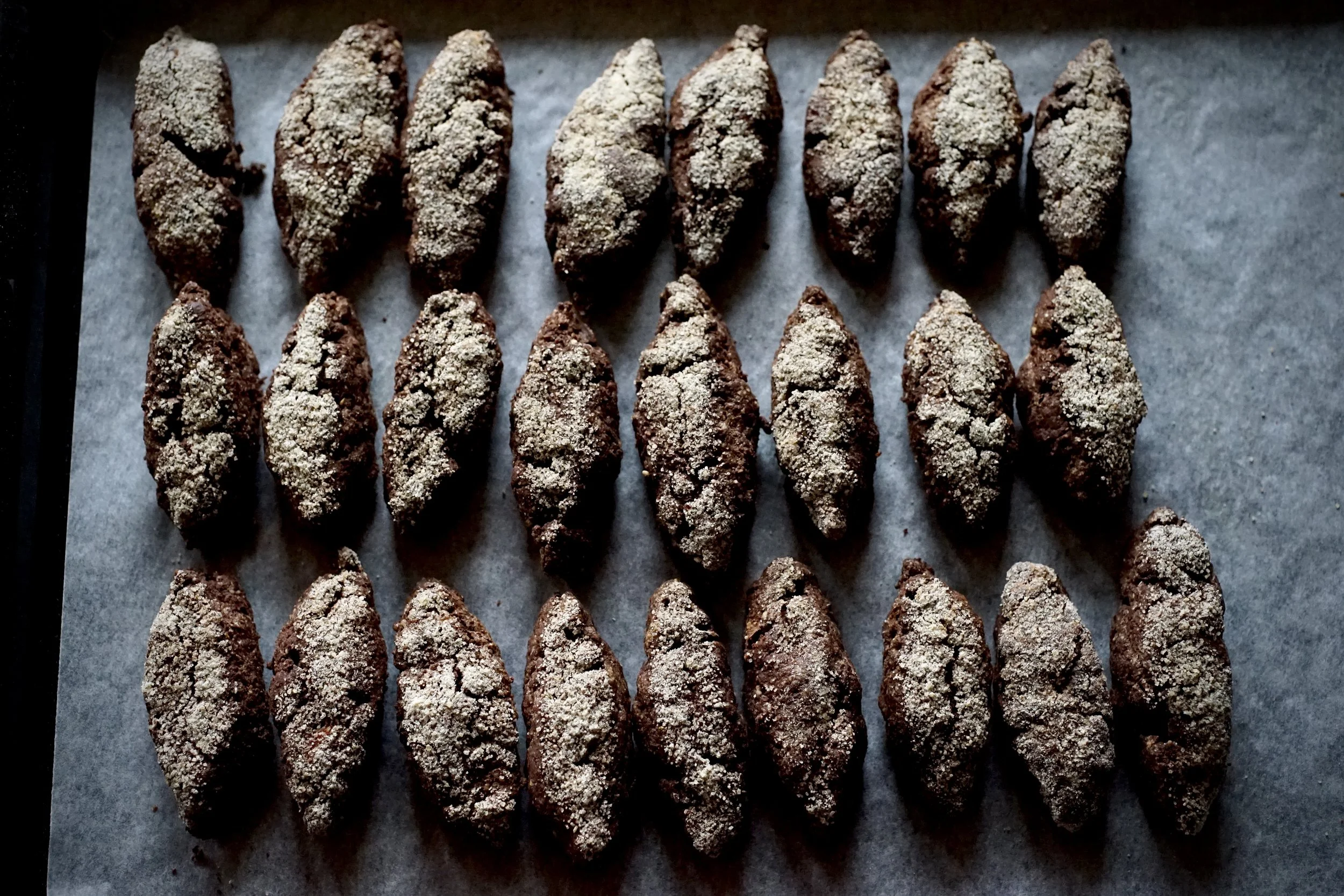Kappeler Milchsuppe
This bready, milky soup is hundreds of years old and once (anecdotally) stopped a war.
A (delicious) symbol of peace
During the Reformation Switzerland, like much of Europe, squared off into Catholic and Protestant alliances.
In the 1520s, things came to a head between the Protestants in Zürich, led by Huldrych Zwingli, and the Catholic cantons, such as Zug, who were cozy with the Habsburgs. Inflammatory incidents on both sides—executions! burning at the stake! Thurgau! (which confusingly was being administrated half the time by Protestant rule and half the time by Catholic)—meant that in 1529, Zürich, fed up, claimed Thurgau (and the Abbey of St Gall) and headed for the border of Zug, at Kappel.
That’s where the soup comes into the story. Instead of fighting, the soldiers from both sides mingled and eventually dined together—supposedly the troops from Zug provided the milk, and those from Zürich the bread to make this soup.
The first war of Kappel was over—without a single battle.
Yay diplomacy! Yay soup!
(Sadly, the peace didn’t last long. A little over two years later tensions spilled over and the second war of Kappel was fought. The Catholics dominated and killed a quarter of the Protestant army, including Zwingli, who they burned as a heretic).
You can visit the site of the first battle, marked by the large Kappeler Milchsuppenstein memorial, atop a hill with an amazing view over Lake Zug. I recently hiked there with friends, on the way from Baar to the Albishorn. More on the hiking route, here.
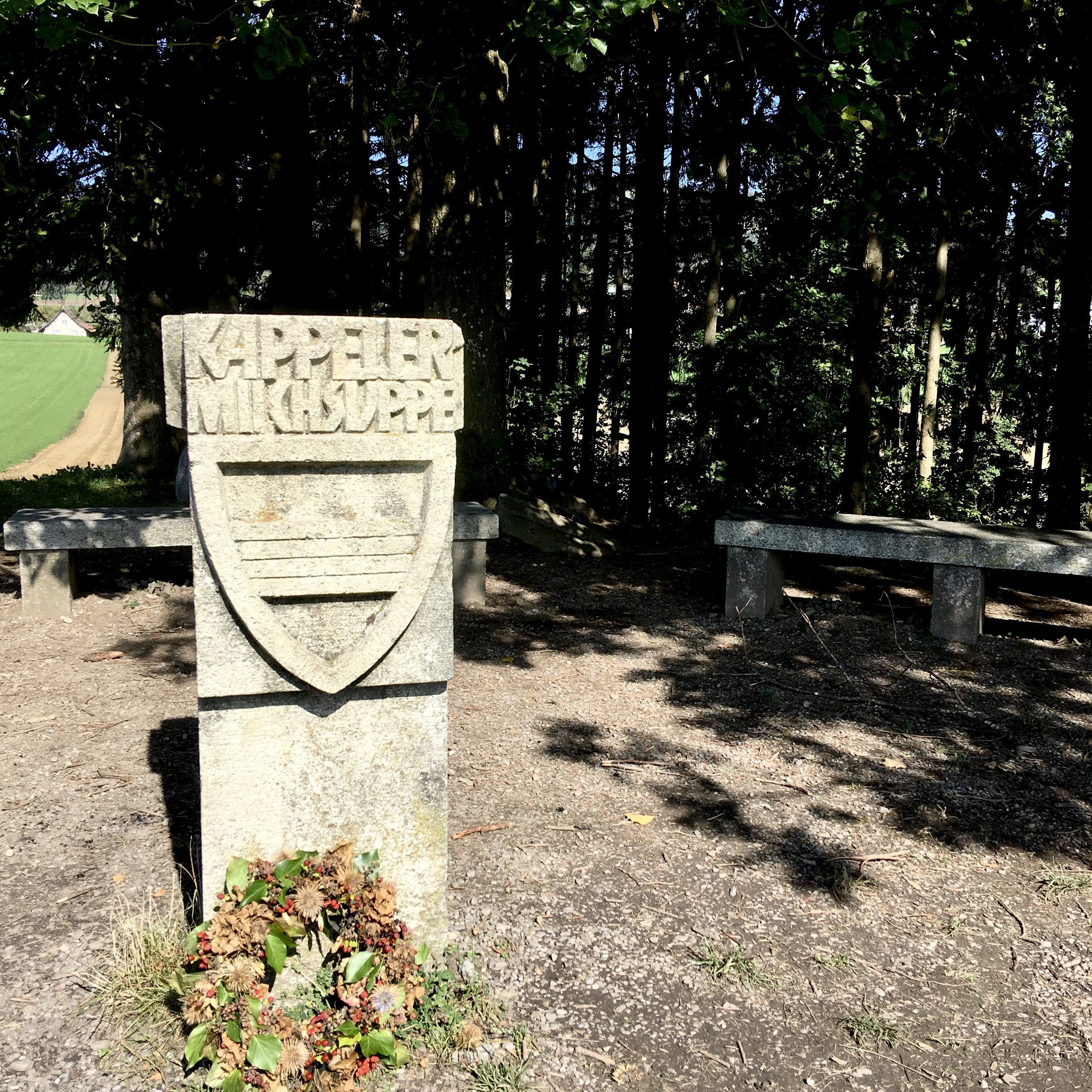
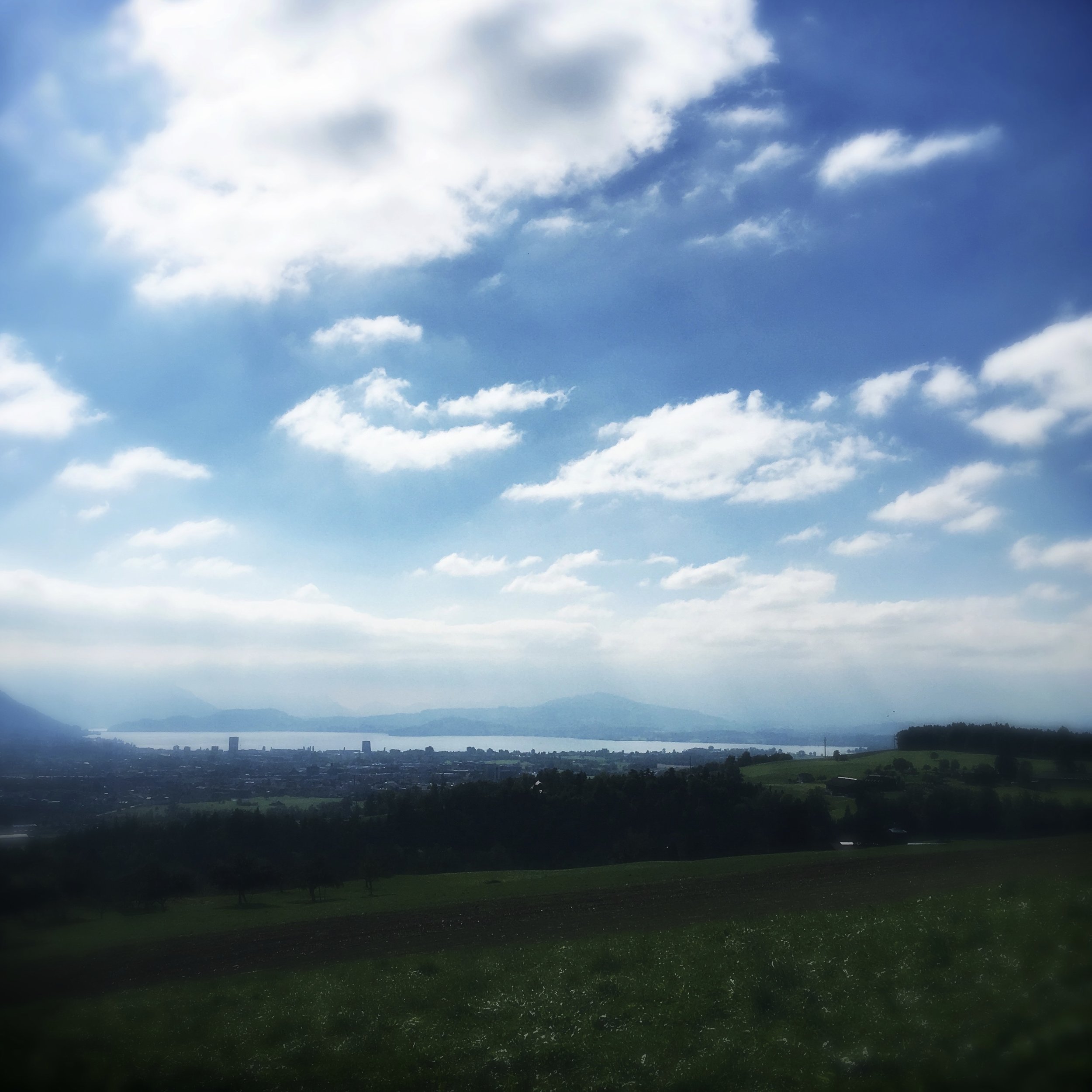
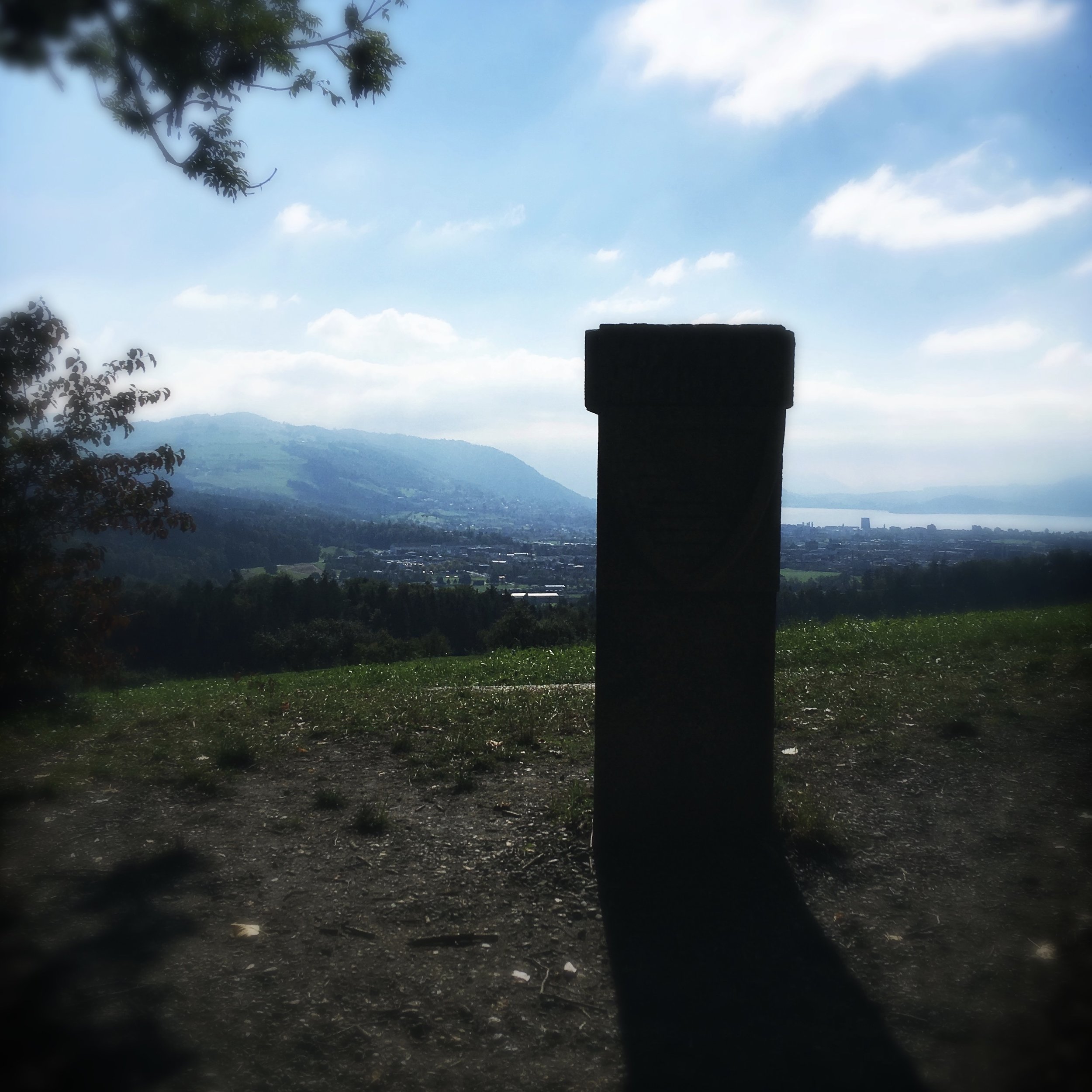

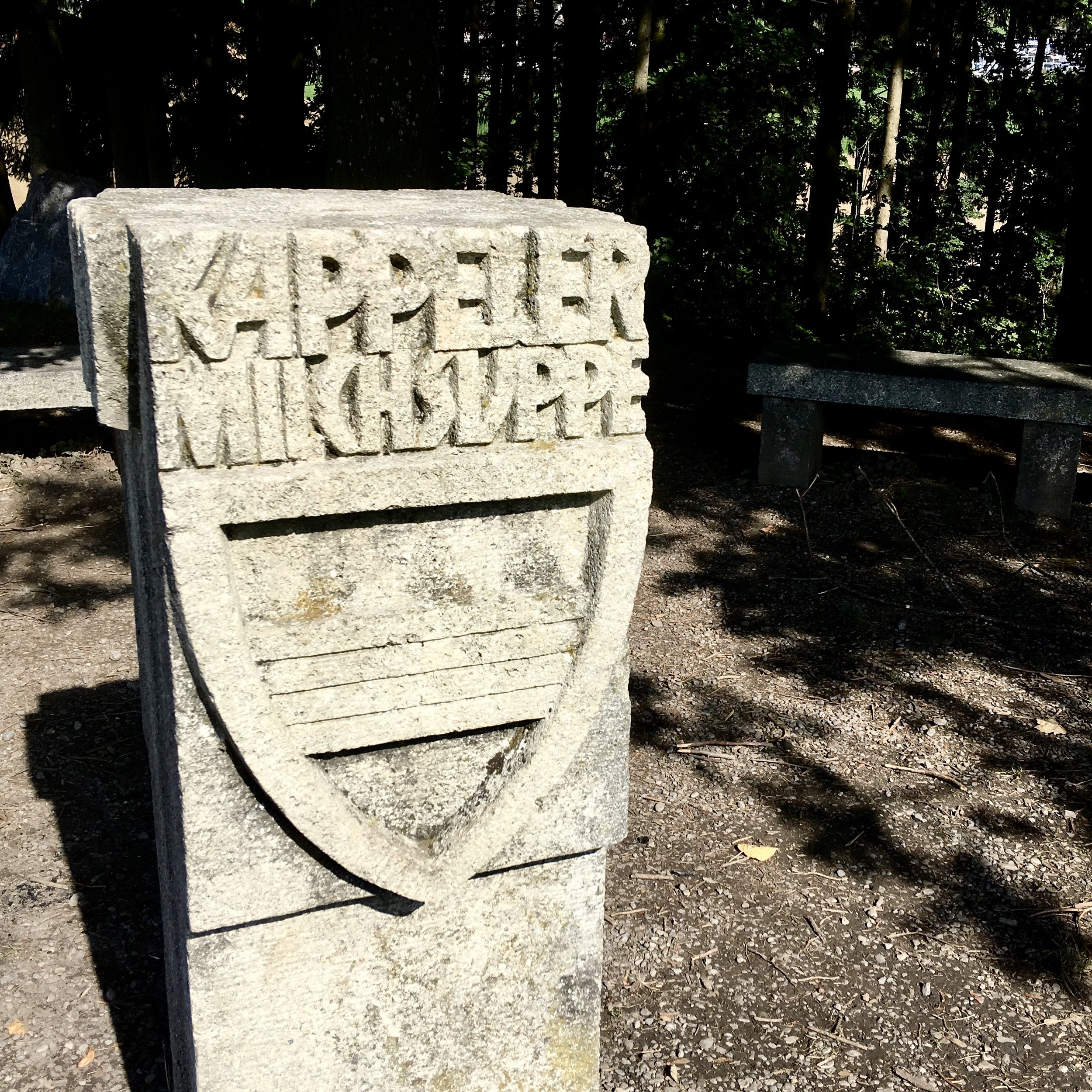
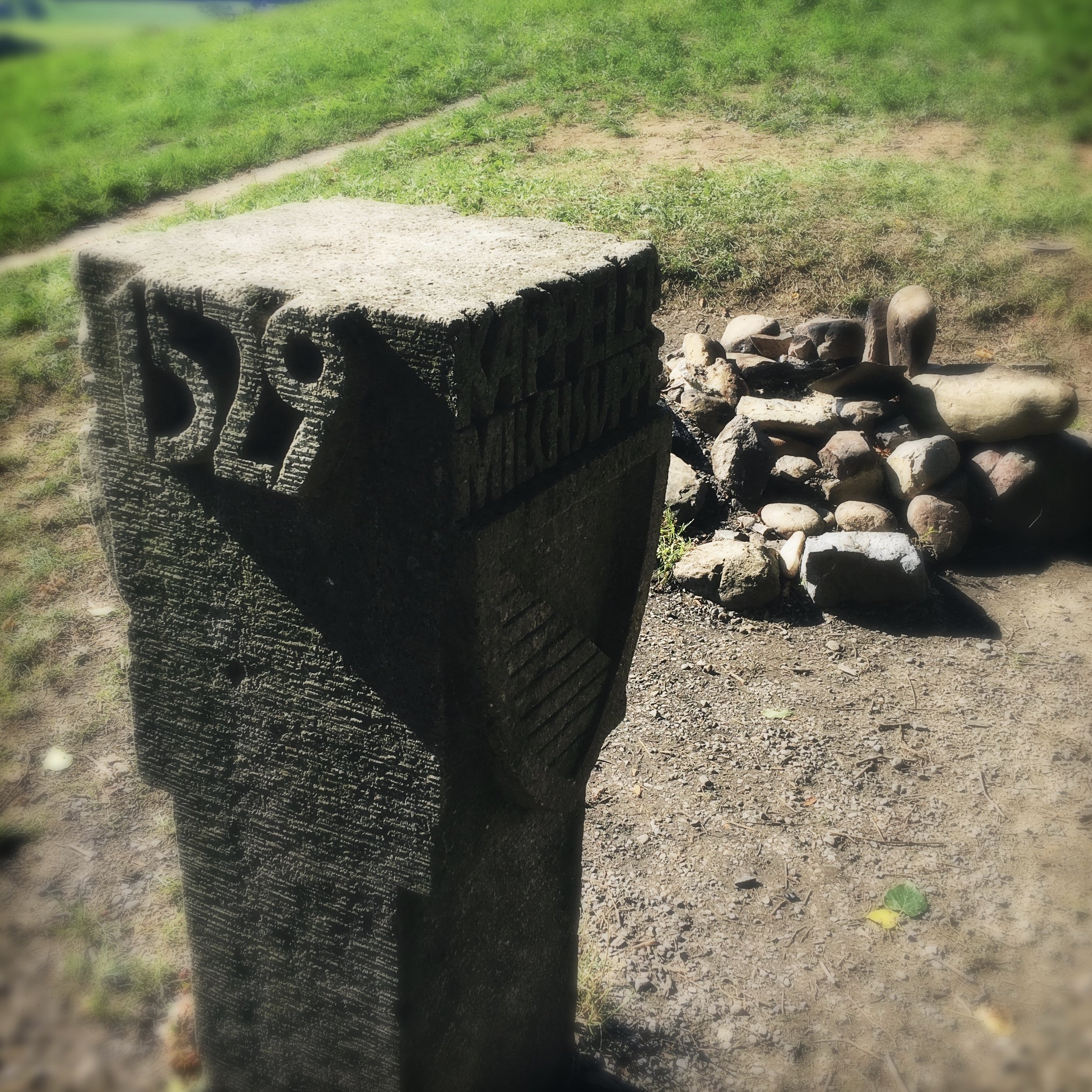
The Kappeler Milchsuppe wasn’t just a symbol of peace in the 16th century, but more recently it was used to signal the end of a long dispute between Zürich and St Gallen.
In 1712, the Toggenburg War was fought for basically the same religious regions as the wars of Kappel. The Protestant armies from Zürich and Bern took the Abbey of St Gall and plundered many of their priceless artefacts. It wasn’t until 1996 that St Gallen asked Zürich to give them back.
Although not all the items were ever returned, Zürich gave back the oldest biography of St Gall, and they had a replica of the famous St Galler Globe globe made (the copy now sits in the Stiftsbibliothek in St Gallen, with the original in the Landesmuseum in Zürich). To underscore the closure of this conflict in 2006, the government ministers from Zürich and St Gallen ate Kappeler Milchsuppe together.
There are a few different versions of the Kappeler Milchsuppe, the most comprehensive account of the recipe, battle, and history are found here, from the Lehrmittelverlag des Kantons Zürich. The BBC also published an interetsing article in April, explaining more about the history of the soup and what it symbolizes for the country (in English), and Reformiert, a newspaper put out by the Protestant church, had one in August (in German).
I spent a lot of time looking at Anker’s painting (above) to see if I thought his version had cheese melted in, or not. In the end, I decided to put the cheese on top, instead of in the soup, leaving the soup as it was meant to be—a celebration of pure milk and peaceful bread (and some seasoning too).
(I know, it just looks like bits of bread floating around in a milky broth, but it really is delicious!)
knob of butter
1 onion, chopped
2 cloves garlic, minced
200 ml beef broth
1 tsp caraway seeds
½ tsp nutmeg, and cloves
300 g leftover bread, cubed
1 litre milk
salt and pepper
hard cheese, grated
parsley and chives, chopped, to garnish
In a large pot over medium heat, melt the butter.
Add the onion and garlic and fry for a few minutes.
Add the beef broth, then add the caraway, nutmeg, and cloves. Add the bread, then bring everything to a boil.
Add the milk, then bring back up to a boil. Salt and pepper to taste.
Garnish with cheese, parsley and chives.
Serve with cool white wine or, even better, Schnaps.
Be generous with your cheese topping. Our cheese fittingly came from Alp Schlacht (Schlacht being the German word for battle) an excellent nearby mountain dairy.
The perfect (thematic) bread for your feast? Zürcherbrot, recipe here.
More soup?
Black Beer Soup

